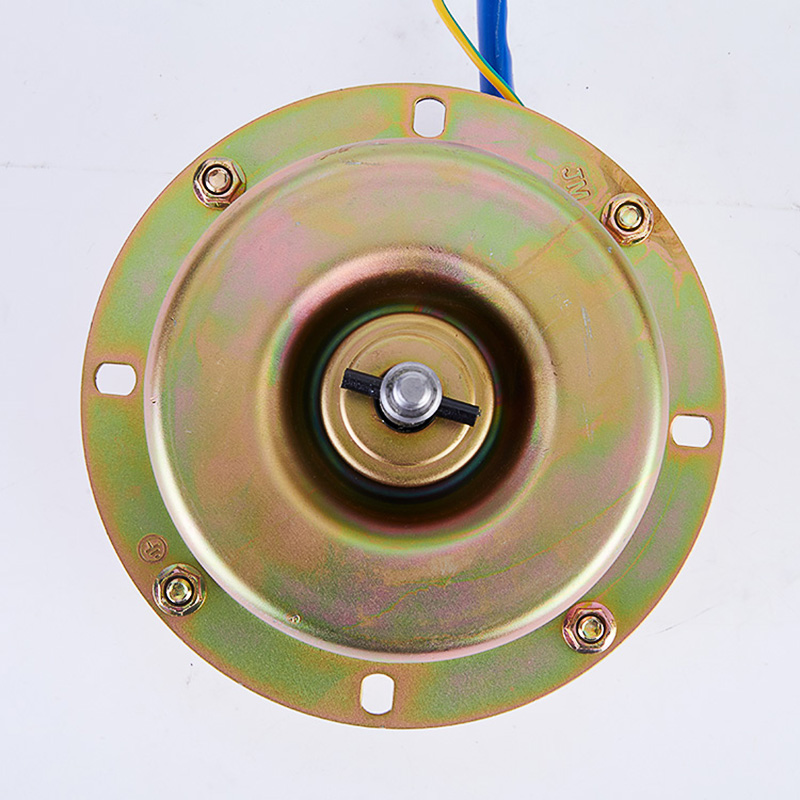As the “oil fume purifier” in the kitchen, internal components of a range hood such as filters, fan impellers, and motors are prone to gradual oil accumulation due to the adhesion of cooking grease. If it is not cleaned for a long time (it is generally recommended to conduct in-depth cleaning every 3-6 months), it will not only directly lead to a significant decline in performance but also breed bacteria and release harmful substances, posing a dual threat to family health. The specific impacts can be analyzed from two major dimensions: performance and health.
From the perspective of performance degradation, long-term accumulated oil will hinder the normal operation of the range hood through three core links. Firstly, a sharp drop in suction and discharge efficiency: The filter and air inlet of the range hood are the first barriers for oil fume to enter. When oil covers the pores of the filter, it forms an “oil barrier”, which blocks the oil fume that could originally pass through quickly. The air intake area is reduced by 30%-50%, resulting in a decrease in air suction volume. At the same time, the fan impeller is a key component for driving airflow. The adhesion of oil will increase its weight (usually, the weight of oil on a fan impeller that has not been cleaned for one year can reach 1-2 kilograms), reducing its rotation speed and further weakening the suction and discharge capacity. The oil fume that could originally be discharged completely in 3 minutes may take more than 10 minutes, and in some cases, oil fume may even flow back or spread to the living room. Secondly, shortened motor lifespan: If oil seeps into the motor, it will adhere to the coil windings, affecting heat dissipation efficiency (the normal operating temperature of the motor needs to be controlled below 60°C, but it may rise to above 80°C after being covered with oil). This causes the motor to operate at an overheated state, which not only increases power consumption (actual measurements show that the power consumption of a range hood with severe oil contamination is 15%-20% higher than that in a clean state) but also accelerates bearing wear and coil aging, increasing the motor failure rate. A range hood that could originally be used for 8-10 years may require motor replacement within 5 years. Finally, a significant increase in noise: Uneven oil distribution on the fan impeller will cause the center of gravity to shift during rotation, resulting in violent vibration. When it collides with the casing, it emits a “buzzing” abnormal sound. The operating noise of a range hood that was originally about 55 decibels may rise to more than 65 decibels, affecting the living comfort of the kitchen and even the living room.
In terms of family health risks, a range hood that has not been cleaned for a long time is equivalent to a “bacteria culture dish”, endangering health mainly through three ways. Firstly, secondary oil fume pollution: The oil adhering to the fan impeller and casing will continue to be heated in the high-temperature cooking environment and decompose to produce harmful substances such as benzo(a)pyrene and formaldehyde (studies have shown that the content of benzo(a)pyrene in the oil fume emitted by a range hood that has been used for one year without cleaning is 3-5 times that of a clean one). These substances spread into the room along with the unexhausted oil fume. Long-term inhalation will irritate the respiratory mucosa, increase the risk of rhinitis and bronchitis, and may even induce lung diseases. Secondly, bacterial growth and spread: The interior of the range hood is dark and humid, and the grease rich in oil is an excellent nutrient source for bacteria (such as Escherichia coli and Staphylococcus aureus). After a large number of bacteria multiply, they will spread with the airflow when the range hood is running, or drip onto the cooking stove and tableware through the filter, contaminating food. This causes family members to experience gastrointestinal discomfort symptoms such as diarrhea and vomiting, and poses a greater threat to people with low immunity such as the elderly and children. Thirdly, fire safety hazards: Accumulated oil is a flammable substance. If the internal circuit of the range hood generates short-circuit sparks due to aging, or if sparks splash into the range hood during cooking, it is very easy to ignite the oil and cause a kitchen fire. Fire department data shows that family fires caused by oil in range hoods account for more than 25% of the total number of kitchen fires every year, and the fire spreads quickly, making it difficult to put out.
To address the above problems, daily cleaning should pay attention to “layered maintenance”: The filter can be soaked and cleaned with a neutral detergent every week to remove surface oil; the fan impeller and motor need to be disassembled and cleaned by professionals every 3-6 months to avoid damaging components due to self-disassembly; the external surface of the range hood can be wiped with a damp cloth every day to prevent oil accumulation. In addition, choosing a range hood with a “self-cleaning function” (such as high-temperature steam cleaning or high-pressure water cleaning models) can regularly rinse the internal oil with high-temperature or high-pressure water flow, reducing the frequency of manual cleaning. However, it is still necessary to conduct in-depth disassembly and cleaning once a year to ensure both performance and health protection.
In summary, the cleaning status of the range hood is directly related to its performance and family health. Long-term lack of cleaning will not only lead to a decline in suction and discharge efficiency and a shortened motor lifespan but also cause oil fume pollution, bacterial spread, and even fire risks. Regular cleaning of the range hood is not an “extra burden” but a necessary measure to ensure the kitchen function and protect the health of family members, and should be included in the daily family maintenance list.




